You need to shut off the water, but the valve handle will not budge. You apply more force, worrying you’ll break it entirely, leaving you with an even bigger problem.
New PVC ball valves are hard to turn because of the tight, dry seal between the PTFE seats and the new PVC ball. This initial stiffness ensures a leak-proof seal and usually eases after a few turns.
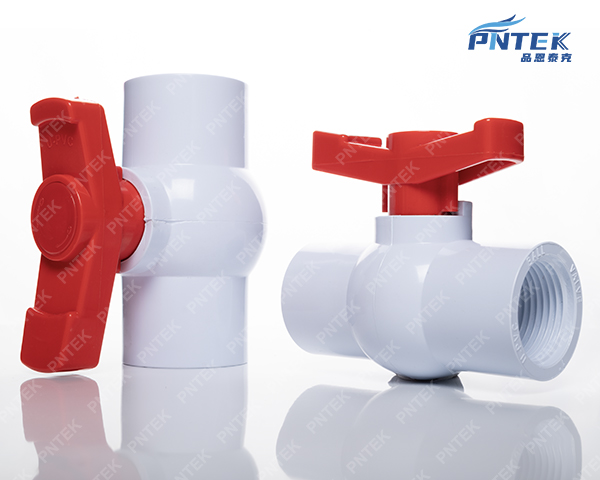
This is probably the most common question Budi’s customers have about a brand-new valve. I always tell him to explain that this stiffness is actually a sign of quality. It means the valve has been manufactured with very tight tolerances to create a perfect, positive seal. The internal parts are fresh and haven’t been worn in yet. Instead of being a problem, it’s an indicator that the valve will do its job of stopping water completely. Understanding this helps manage expectations and builds confidence in the product from the very first touch.
How to make a PVC ball valve turn easier?
You are faced with a stubborn valve. You are tempted to grab a huge wrench, but you know that could crack the PVC handle or body, turning a minor issue into a major repair.
To make a PVC valve turn easier, use a tool like channel-lock pliers or a dedicated valve wrench for extra leverage. Grip the handle firmly near its base and apply steady, even pressure to turn it.
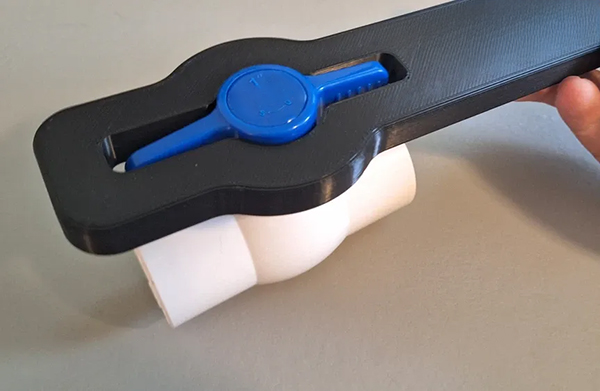
Using excessive force is the fastest way to break a PVC valve. The key is leverage, not brute strength. I always advise Budi to share these proper techniques with his contractor clients. First, if the valve is new and not yet installed, it’s a good practice to turn the handle back and forth a few times. This helps to seat the ball against the PTFE seals and can slightly ease the initial stiffness. If the valve is already installed, the best approach is to use a tool for mechanical advantage. A strap wrench is ideal because it won’t mar the handle, but channel-lock pliers work well. It is very important to grip the handle as close to the valve body as possible. This minimizes stress on the handle itself and applies the force directly to the internal stem, reducing the risk of snapping the plastic.
Why is my ball valve so hard to turn?
An old valve that used to turn fine is now seized up. You are wondering if it is broken internally, and the thought of cutting it out is a headache you do not need.
A ball valve becomes hard to turn over time due to mineral buildup from hard water, debris lodging in the mechanism, or the seals becoming dry and stuck after years of being in one position.
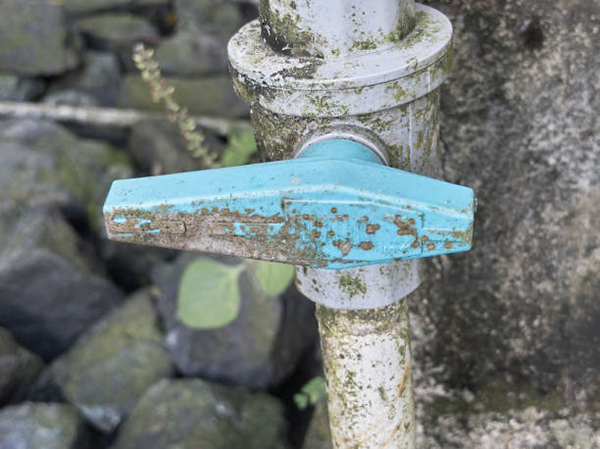
When a valve becomes difficult to turn later in its life, it is usually due to environmental factors, not a manufacturing defect. This is a key point for Budi’s team to understand when fielding customer complaints. They can diagnose the issue based on the valve’s age and use. There are a few common reasons this happens:
| Problem | Cause | Best Solution |
|---|---|---|
| New Valve Stiffness | The factory-fresh PTFE seats are tight against the ball. | Use a tool for leverage; the valve will ease up with use. |
| Mineral Buildup | Calcium and other minerals from hard water form scale on the ball. | The valve likely needs to be cut out and replaced. |
| Debris or Sediment | Sand or small rocks from the water line get stuck in the valve. | Replacement is the only way to ensure a proper seal. |
| Infrequent Use | The valve is left open or closed for years, causing the seals to stick. | Periodic turning (once a year) can prevent this. |
Understanding these causes helps explain to a customer that valve maintenance, and eventually replacement, is a normal part of a plumbing system’s lifecycle.
Can I lubricate a PVC ball valve?
The valve is stiff, and your first instinct is to spray some WD-40 on it. But you hesitate, wondering if the chemical will damage the plastic or contaminate your drinking water.
You should never use a petroleum-based lubricant like WD-40 on a PVC valve. These chemicals will damage the PVC plastic and seals. Only use a 100% silicone-based lubricant if absolutely necessary.
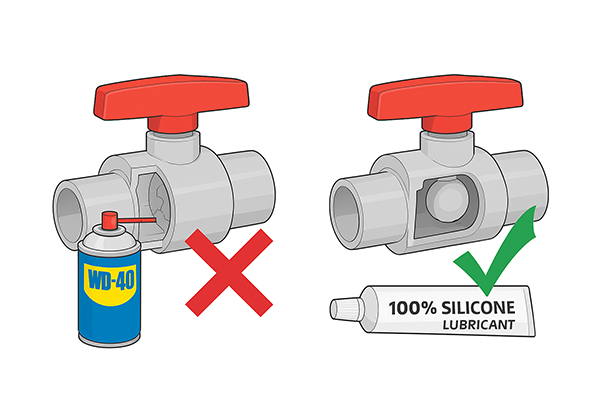
This is a critical safety warning I provide to all our partners. Almost all common household spray lubricants, oils, and greases are petroleum-based. Petroleum distillates cause a chemical reaction with PVC plastic that makes it brittle and weak. Using them can lead to the valve body cracking under pressure hours or days later. The only safe and compatible lubricant for PVC, EPDM, and PTFE is 100% silicone grease. It is chemically inert and will not harm the valve components. If the system is for drinking water, the silicone lubricant must also be NSF-61 certified to be considered food-safe. However, applying it correctly requires depressurizing the line and often disassembling the valve. In most cases, if an old valve is so stiff that it needs lubrication, it’s a sign that it is nearing the end of its life, and replacement is the safer and more reliable option.
Which way to turn a PVC ball valve?
You are at the valve, ready to turn it. But which way is open, and which way is closed? You have a 50/50 chance, but guessing wrong could cause an unexpected water surge.
To open a PVC ball valve, turn the handle so it is parallel with the pipe. To close it, turn the handle a quarter-turn (90 degrees) so it is perpendicular to the pipe.
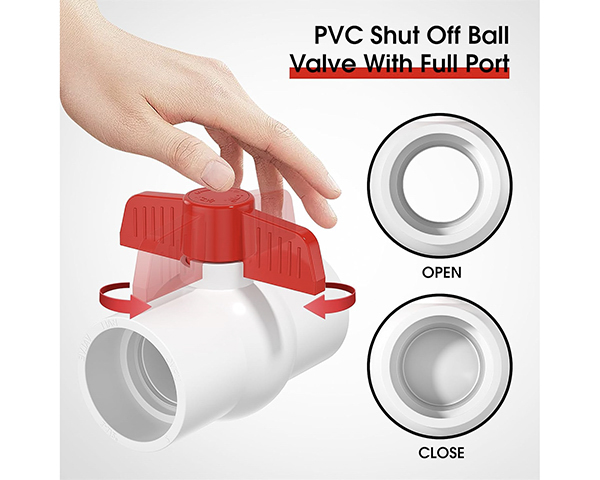
This is the most fundamental rule for operating a ball valve, and its brilliant design provides an instant visual cue. The position of the handle mimics the position of the hole in the ball inside. When the handle runs in the same direction as the pipe, water can flow through. When the handle crosses the pipe to make a “T” shape, the flow is blocked. I give Budi’s team a simple phrase to teach their clients: “In line, water flows fine.” This simple rule removes all guesswork and is a universal standard for quarter-turn ball valves, whether they are made of PVC, brass, or steel. The direction you turn it—clockwise or counter-clockwise—doesn’t matter as much as the final position. The 90-degree turn is what makes ball valves so quick and easy to use for emergency shutoffs.
Conclusion
A stiff PVC valve is often a sign of a new, tight seal. Use steady leverage, not damaging lubricants. For operation, remember the simple rule: parallel is open, perpendicular is closed.
Post time: Sep-02-2025




